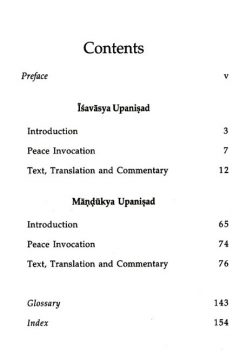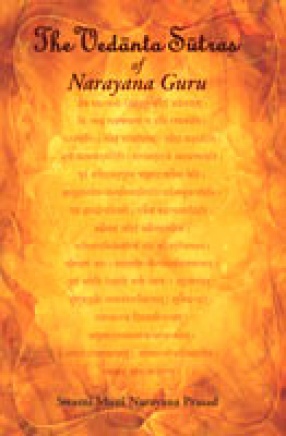The volume contains a detailed commentary on two important Upanishads, the Ishavasya and the Mandukya.
The Isha Upanishad states straightaway what Brahmavidya is. It clarifies three different paths in human life: two leading to final liberation and unconditioned happiness and the third leading to the demonic world of darkness and sufferings in life.
The Mandukya Upanishad, which is also the shortest Upanishad, states concisely what Vedanta basically teaches (“Everything here indeed is Brahman”), how everything is to be conceived, and how it is to be equated with aum. It explains how the monosyllable aum condenses within itself Brahman or atman, the substance in all the worlds.
The volume gives the original texts of the Upanishads in Sanskrit, their Roman transliteration and a commentary for each. It explains the basic message of the Upanishads — Brahmavidya or Atmavidya or Vedanta or the science of the Absolute — in different ways, the questions asked in each being different. It takes a fresh look at the Upanishads keeping in view all modern developments of thought in science as well as philosophy. The work will interest scholars and students of Hindu philosophy and religion.













There are no reviews yet.